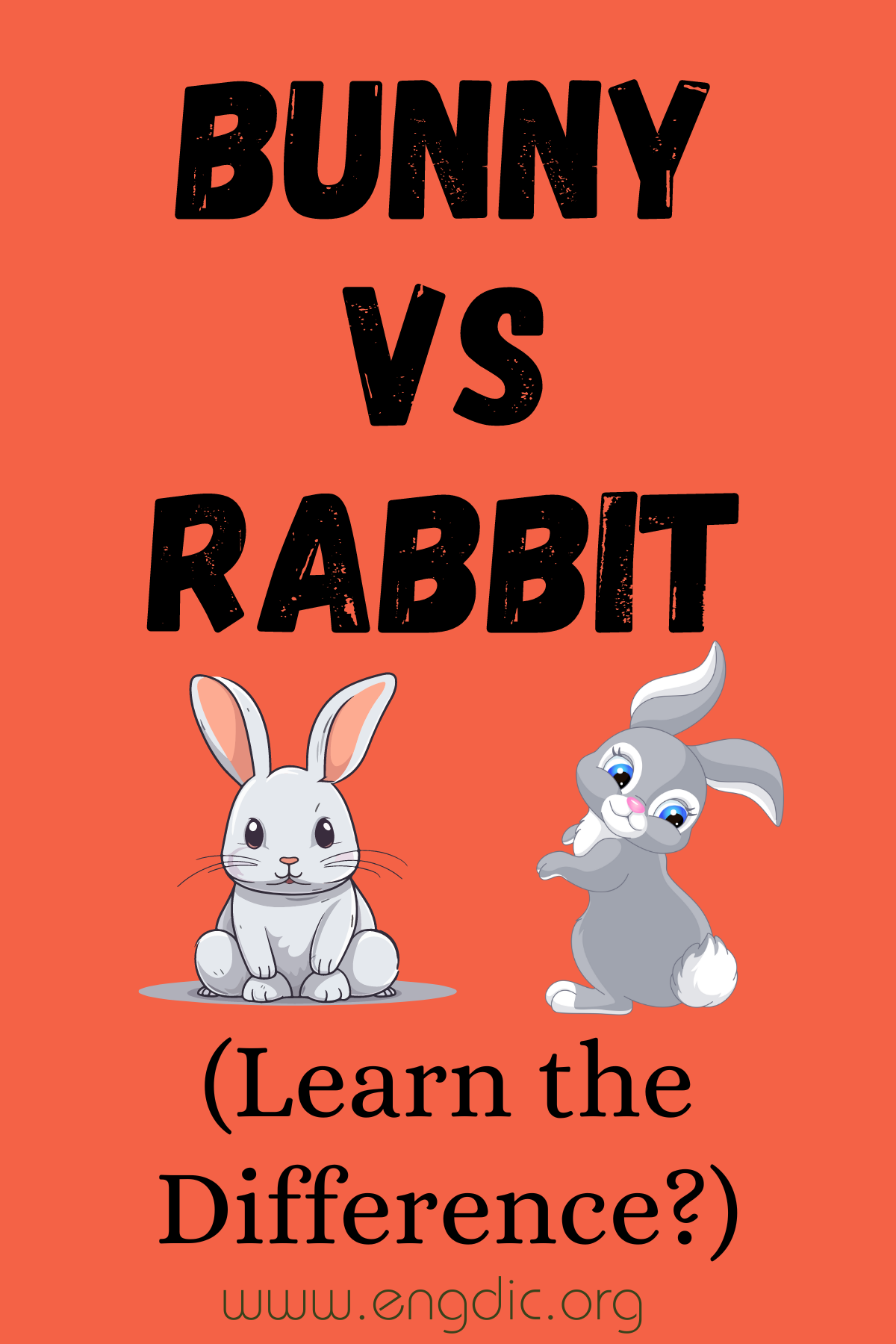Bunny and rabbit often refer to the same animal, but they convey different nuances in usage.
- “Rabbit” is the accurate, scientific term used for referring to the species in formal or biological contexts. It’s often used in serious discussions or research.
- “Bunny,” on the other hand, is a more informal, affectionate term. It’s commonly used to describe small or young rabbits or in contexts where cuteness is emphasized, such as children’s books or cartoons.
While all bunnies are rabbits, not all rabbits are considered bunnies due to the more endearing, playful undertones of the latter term.
Rabbit
Definition: A rabbit is a small mammal known scientifically as Oryctolagus cuniculus, characterized by long ears, powerful hind legs, and a short, fluffy tail. They are herbivores that inhabit diverse environments globally.
Usage:
- Scientific Contexts: “The rabbit’s anatomy is uniquely suited for swift movement and rapid reproduction.”
- General Conversations: “Wild rabbits tend to create burrows in the open fields.”
- Biological Research: “The rabbit’s digestive system is specially adapted to process fibrous plant material efficiently.”
Bunny
Definition: Bunny is a colloquial term often used to describe young rabbits or to evoke a sense of endearment and playfulness when referring to rabbits.
Usage:
- Children’s Literature: “The story of Peter Bunny is loved by children worldwide.”
- Affectionate Conversations: “Look at those cute little bunnies hopping around the yard!”
- Informal Contexts: “She decorates her room with bunny figurines.”
While “rabbit” remains the preferred term in formal and scientific settings, “bunny” finds its place in more casual, affectionate usage where playful and cute undertones are desired.







